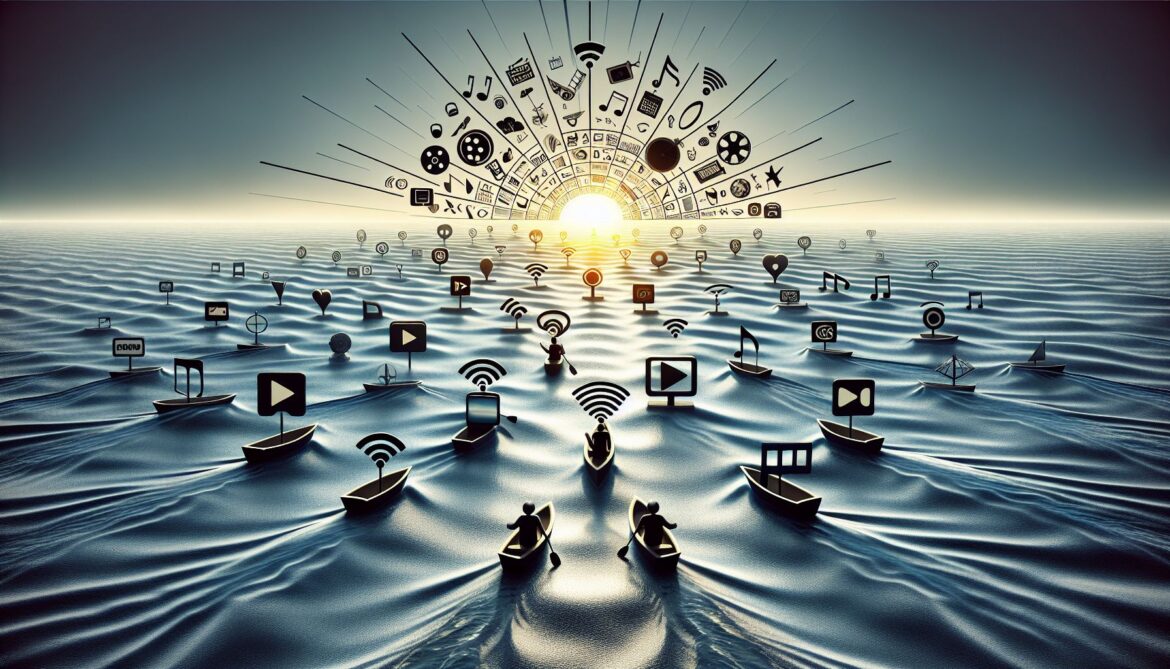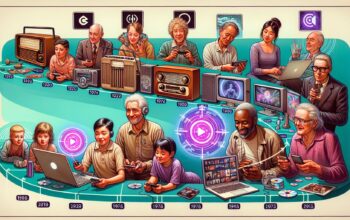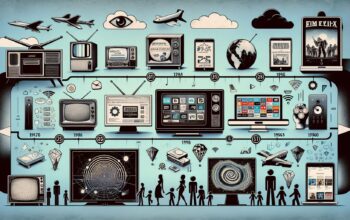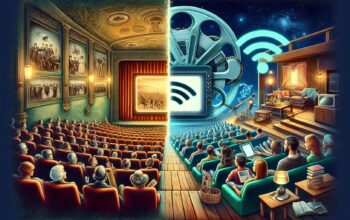
Adapting to change is an inherent characteristic of human survival. And in the realm of recreational consumption, this adaptability is no different. Currently, the entertainment ecosystem is in the thick of an extensive transition. The landscape once dominated by movie theaters and network television is now being remodelled to accommodate a newfound resident – streaming services. These digital platforms are drastically transforming our viewing habits and redefining the parameters of entertainment consumption.
Streaming services, such as Netflix, Hulu, Amazon Prime, and Disney+, among others, have become the norm in the past few years. The inception of Netflix dates back to 1997 as a mail-order DVD service, which evolved into a streaming platform in 2007. Now, there are multiple streaming services all vying for the lion’s share of consumer attention, giving birth to those now hooked on binge-watching.
Powered by the Internet, these platforms have democratised access to an unlimited menu of movies, television shows, documentaries, and other forms of visual entertainment. The viewing control lies firmly in the audience’s hand. No longer are we slaves to the network’s schedule or the patience-testing intervals of advertisements. This shift towards customizable content has undoubtedly upended traditional media formats.
Yet, this alteration isn’t confined to the viewer’s experience alone. The rise of streaming platforms has initiated waves of change within the production and distribution departments too. Traditionally, filmmakers would bank on the theatrical release for a major segment of their revenue. With the advent of streaming services, this revenue mode is being contended. The COVID-19 pandemic added fuel to this process, shutting down theaters and accelerating the shift towards the digital realm.
This convoluted shift isn’t without its controversies. Many traditionalists argue that the domination of streaming services has endangered the essence of cinematic experience. But others welcome this change, emphasising the rise in global viewership and the breaking down of geographical barriers that streaming enables. For the first time, international productions can vie for major awards outside their home countries, creating a more inclusive and diverse global entertainment industry.
Against this backdrop, the current state of streaming services presents an interesting confluence of opportunities and challenges catalysed by technology. Everything from artificial intelligence (AI) to machine learning is used to tailor our viewing experience, making us gravitate towards more viewing time. With evolving technology and growing internet penetration, we can only expect this trend to burgeon further.
The streaming era, if we may, has only just begun. The future of entertainment hinges heavily on these platforms’ ability to adapt, innovate, and create compelling content that breaks away from formulaic narratives. The competition is heating up with new entrants joining the bandwagon and splintering audiences’ attention further. Trying to forecast the outcome of this transition would be like trying to predict the plot twists of a gripping Netflix series. It’s thrilling, nerve-racking, and above all, utterly unpredictable.
In closing, the gravity of streaming services in shaping the entertainment panorama is hard to deny. It’s a brave new world out there, one where the film rolls have retired and the screens have shrunk. Yet, our undying fascination for narratives, stories and the visual arts persists, albeit in a different medium. Who knows, in the coming decades we might have to redefine entertainment consumption yet again. But for now, let’s just grab some popcorn, sit back, and enjoy the stream.



